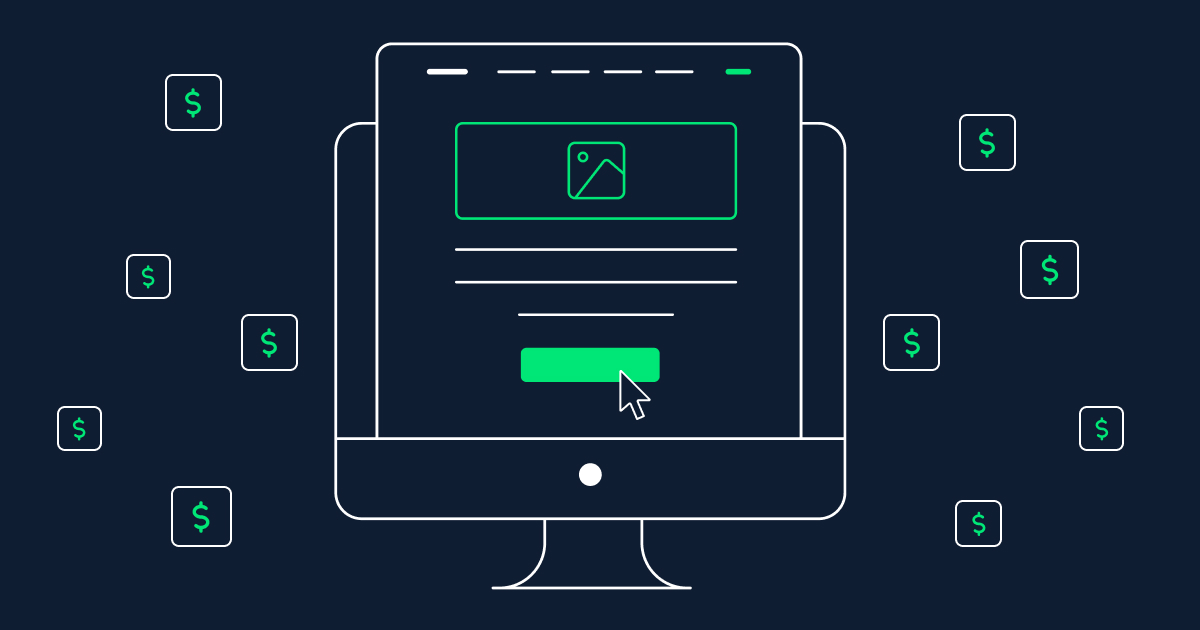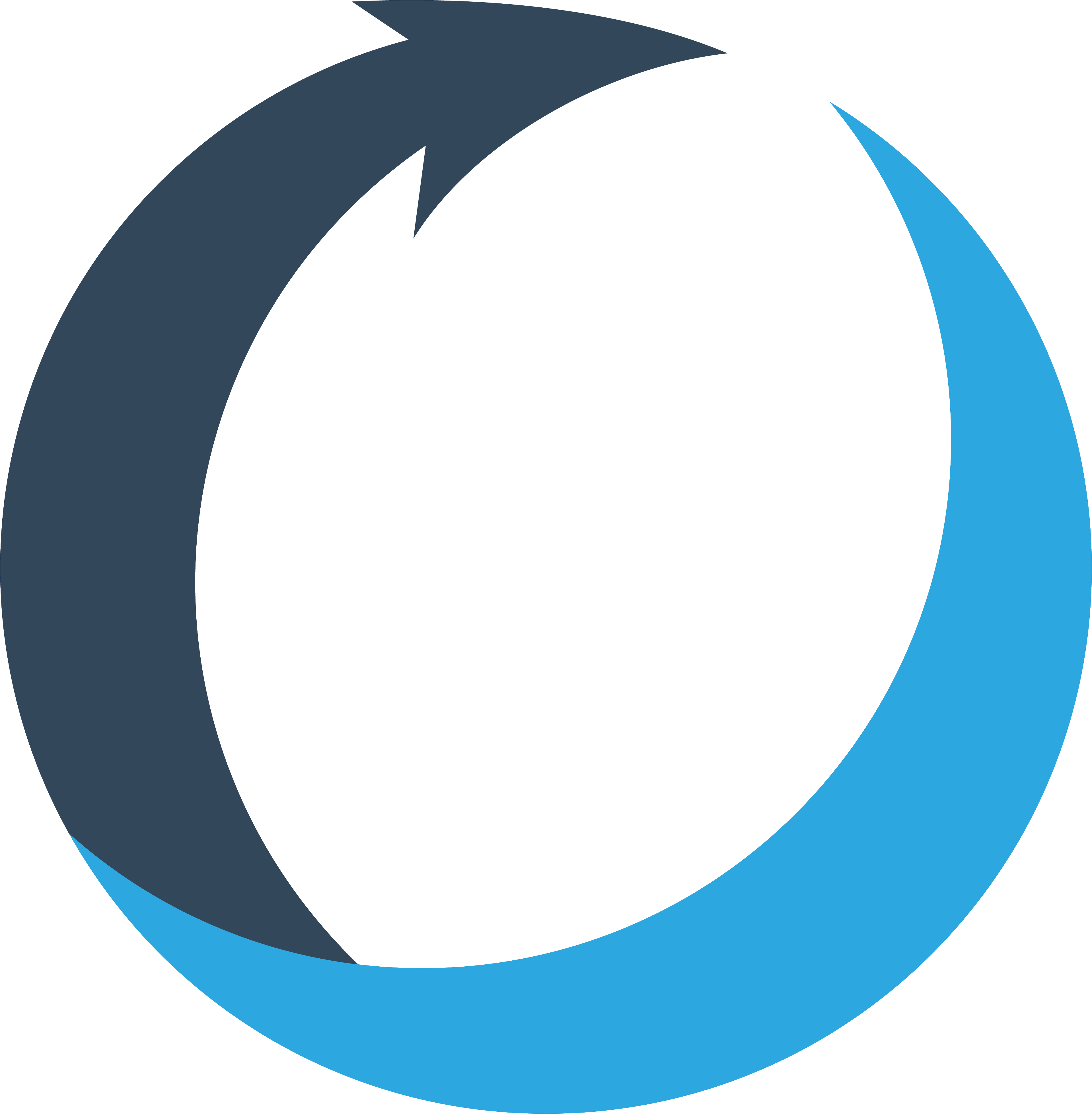Advertising through pay per click ads isn’t just useful for B2C companies; B2B companies can benefit from PPC as well! With the right PPC campaigns, you can generate leads and sales within your target demographic. This article will explain how to set up and execute PPC campaigns in order to benefit your B2B lead generation efforts.
Targeting
Before you launch any campaigns, you should take some time to do research on how to best target your business and your customers. The more targeted your ad is, the more effective it's going to be. To do that research effectively, start by finding out who exactly makes up your audience: their age range, gender breakdown and geographic location. Find out what industries they’re involved in and how those industries affect their buying habits. That kind of information can help pinpoint exactly what you want to say in an ad so it resonates with as many potential customers as possible. Consider using demographic filters so you only show ads to people over a certain age or in a specific city or state. One note: Don't be generic with these things—if all of your messaging seems like it could apply to anyone anywhere, it won't seem tailored enough. You might even lose clicks because potential customers won't feel relevant enough to click through.
Budgeting
Advertisements can be pricey, especially if you’re not using them correctly. Getting started with PPC ads requires budgeting; if you want to take advantage of pay-per-click advertising, you need to know how much it costs before diving in. Consider your cost per click (CPC), which is how much you pay for each person who clicks on your ad. If you only make €5 per lead and spend €30 on an advertisement, it doesn’t make sense to keep that campaign running; instead, figure out how many leads you need per month or year. If that number is more than what your budget allows, look into ways to lower your CPCs—otherwise known as optimizing!—and cut down on total ad spending. The more targeted and specific your audience is, though, the higher a price tag you may have to carry. Budget wisely!
Opportunities to Measure & Optimize
While most businesses rely on leads and traffic to measure success, companies that generate leads from AdWords can track these leads through to conversion—and track them at a granular level. When it comes to optimizing your spend, you can even split-test different landing pages. Because you’re paying only when someone clicks on your ad, it’s easy to experiment with messaging or other components. After all, as long as your CPA stays below an acceptable amount, you have nothing to lose. And if you’re truly putting money into something that isn’t working, switch campaigns until you find one that does. A targeted campaign will create a measurable effect right away rather than forcing business owners to wait months for their ROI data.
Use Existing Market Research
Researching market trends will help you assess how big your target audience is, what percentage of that audience would be interested in your offering, and how much competition you’ll face. This research should be at the top of your mind when you are crafting your campaign because it will guide many other decisions down the line. It can also give you some good ideas on messaging and targeting strategies. Pay attention to general statistics related to your niche, as well as stats specific to particular channels or niches within your niche. This is a great place to start. If there are any groups within your niche that have organized themselves into interest groups or professional organizations, then reach out directly to them with a survey request. Use tools like SEMRush to generate multiple keyword ideas based on industry trends. Make sure not to waste money optimizing keywords that don't convert.
Put Your Ads On Multiple Channels
No one advertising channel is going to work all on its own. We are firm believers in a multi-channel approach, but that doesn’t mean you have to spend an equal amount on each channel; you can tailor your spending to each channel and what results it is giving you. For example, if you find Facebook ads aren’t generating as many qualified leads as Google AdWords ads, you can prioritize budgeting to those channels accordingly. Put your ad campaigns on as many channels as possible and make sure they are working with one another. You may be surprised by what works and what doesn’t; try A/B testing different approaches and adjusting along the way. LinkedIn PPC ads are more expensive than their social media counterparts, but when you consider how large their audience is, it starts to make sense why companies are using them in tandem with other types of paid ads.
PPC Your Way To Success
The biggest benefit to implementing pay-per-click advertising in your lead generation strategy is its relative affordability. In most cases, it’s free to sign up and get started, so long as you have a small budget to spend on paid ads each month. As mentioned above, Google AdWords is only one option when it comes to pay-per-click advertising; other options include Bing ads, Facebook ads, LinkedIn ads, and more. Though they offer relatively similar services, each has its own pros and cons that are worth investigating further before making a decision about which platform is best for your business. If you would like to learn more about the benefits of PPC and what platform is most suited for your lead generation strategy, get in touch with us at GrabSome!











.png?width=800&name=Blog%20Post%20Image%20Template%20%231%20(21).png)


